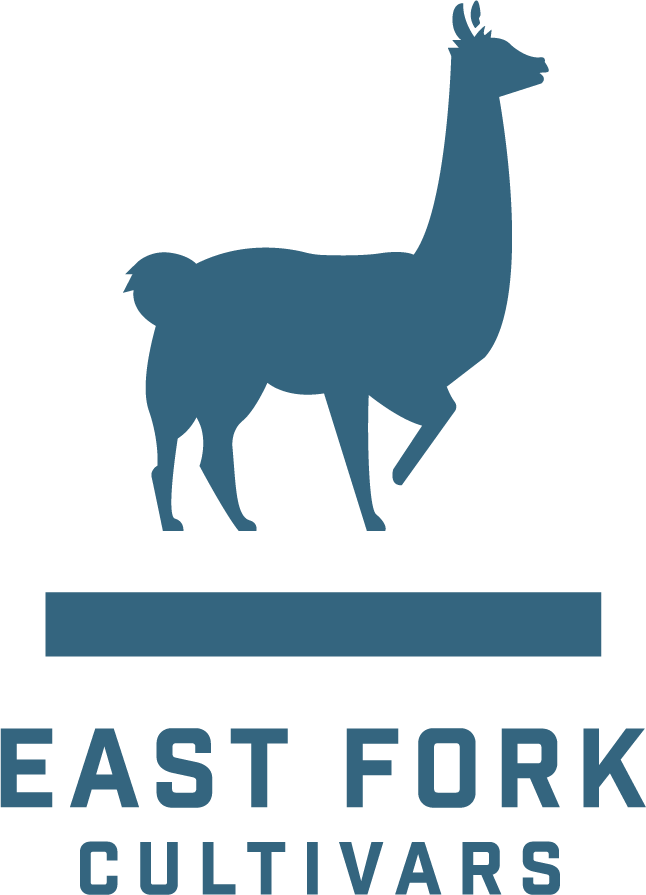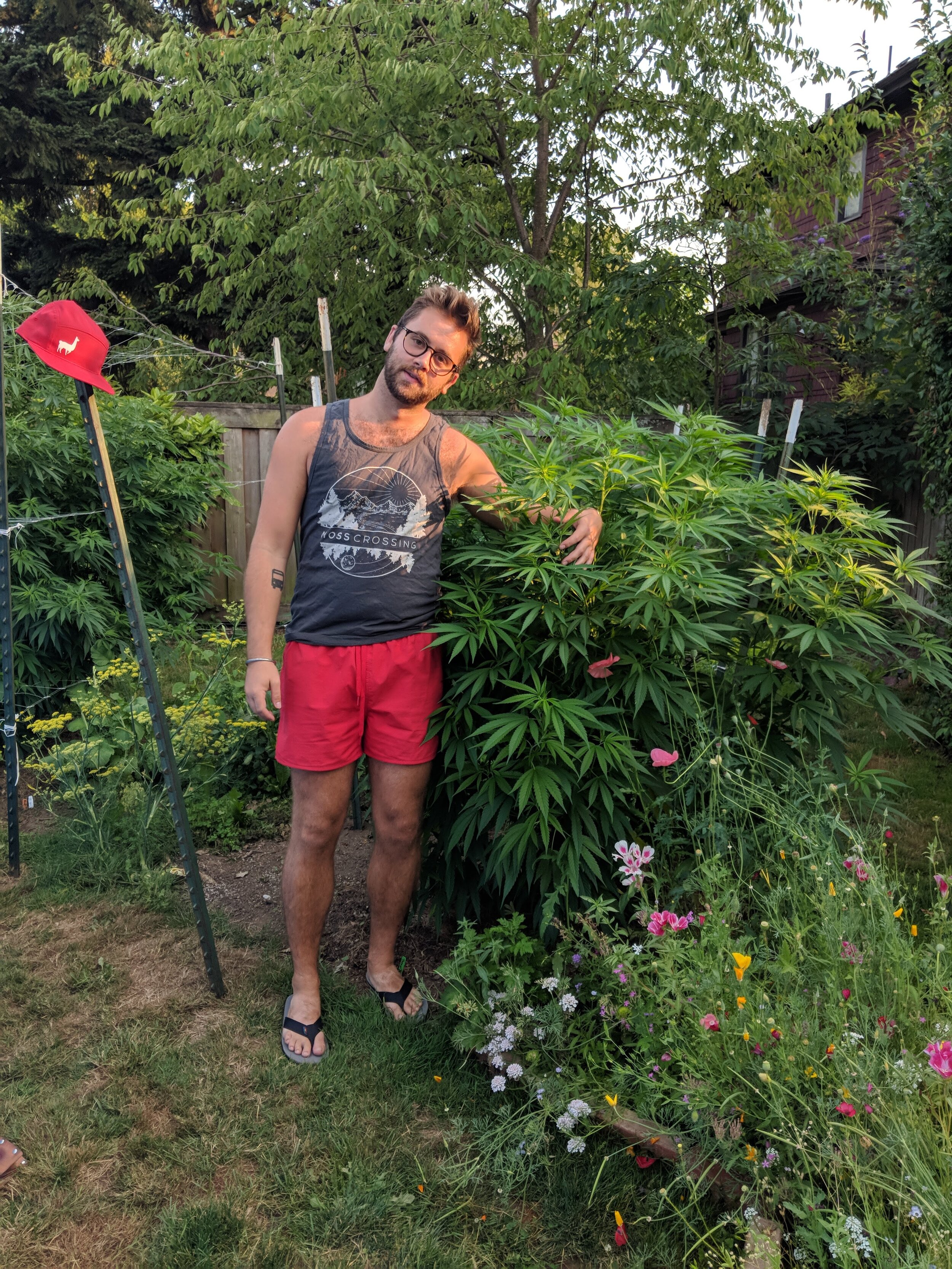A 12-Step Guide to Easily and Joyfully Growing Your Own Hemp/Cannabis
By Nathan Howard, Co-founder of East Fork Cultivars
Interested in growing East Fork original seeds on your hemp farm? Contact: info@eastforkcultivars.com to learn more!
Interested in growing East Fork original seeds at home? Order online at EastForkHemp.com.
Growing a handful of personal cannabis plants at home has been one of my favorite hobbies the past few years.
Sometimes I grow very high CBD and low THC East Fork cultivars, which legally qualify as “hemp”, and sometimes I grow higher THC cultivars. In Oregon, people are allowed to grow 4 personal plants at home. This allowance exists in other states as well but the plant limit differs state-to-state. This summer, we’re encouraging people to try their hand at growing their own plants. It’s not too hard. And it’s exceedingly fun.
Consider starting your plants around early or mid-May, having them planted outside after the last frost, and harvesting by October.
My favorite way is to grow from seed. I like to either plant the seed directly in soil, ½ to 1 inch below the surface, or first soak the seed in water then plant. They’ll germinate quicker with a soak, so let’s take that approach.
Let’s begin.
1.) Soak seed 8–24 hours in water in a cool location out of direct sunlight (do not leave seeds in water for longer than 24 hours).
2.) In a small pot or tray, pre-water the soil, being sure to check whether the soil is thoroughly saturated.
3.) Pour out soaked seeds onto a rag or paper towel in order to remove them from the water (keep the seed in the shade if outside).
4.) Make a divot in the soil with your finger about ½ to 1 inch deep. Put one seed per hole, approx. 4-5’ apart.
5.) Once all holes have a seed, cover them by pinching the topsoil around the hole, and water gently. Keep the soil moist until seedlings emerge. Be careful not to overwater.
6.) Ensure that the top 2 inches or so of the soil are dry between waterings. This will help ensure the seed and plant doesn’t experience rot.
7.) The plants are ready to transplant when the roots are protruding from the bottom of the pot (estimated 4–6 weeks).
8.) Dig a hole slightly larger than the pot, remove your plant from the pot, and place in the ground. Fill around the plant with soil, and press firmly.
Before moving to step 9, here’s a bonus and a note:
Note - think of your cannabis plant as a sun-loving goldfish. The more space and sun you give it, the bigger it’ll grow and the happier it’ll be. And you’ll be. If you can, plant it outside, in native soil, with a lot of southern sun exposure. And give it some friends by planting other flowers and vegetables around the hemp/cannabis plant.
Bonus - plant other flowers and vegetables around your cannabis plant. Insectary plants, which are plants that attract beneficial insects, are especially cool. Beneficial insectary plants are intentionally introduced into an ecosystem to increase pollen and nectar resources required by the natural enemies of harmful or unwanted insect pests. More diversity = more resilient ecosystem.
9.) Water thoroughly until the soil is saturated. Infrequent deep watering is better than frequent shallow watering. As flowers develop, avoid getting water into the buds as it can cause mold.
10.) I recommend trusting your green thumb intuitions: water as needed, and place in full sunlight.
11.) If you’re growing in the United States, and have started your plants around early or mid-May, having them planted outside after the last frost, then you should be prepared to harvest by October.
12.) And finally, to harvest, cut plants at base and hang upside down in a dry location until stems break when bent.
If you have questions, feel free to email me at: nathan@eastforkcultivars.com
And if you want to grow your own, you can grow East Fork cultivars from seed by ordering them to your home here: eastforkandfriends.com
Growing your own plants is a fast track to having more joy in your life. Enjoy!
Pictured below: my garden beds after tilling in the cover crops (legumes planted over the winter) and just before planting the hemp/cannabis plants and insectary flowers.
Pictured below: the beds after insectary flowers and vegetables begin to sprout.
Sour Pineapple cultivar, a month or so after germinating the seed, ready to go into the ground!
The garden beds after a bit of growth:
Another shot of the beds the season before (2018) when I had short hair and hadn’t built raised beds and gave the plant a hug:
BONUS - put up a pool, kick up your feet, relish in your hard work























